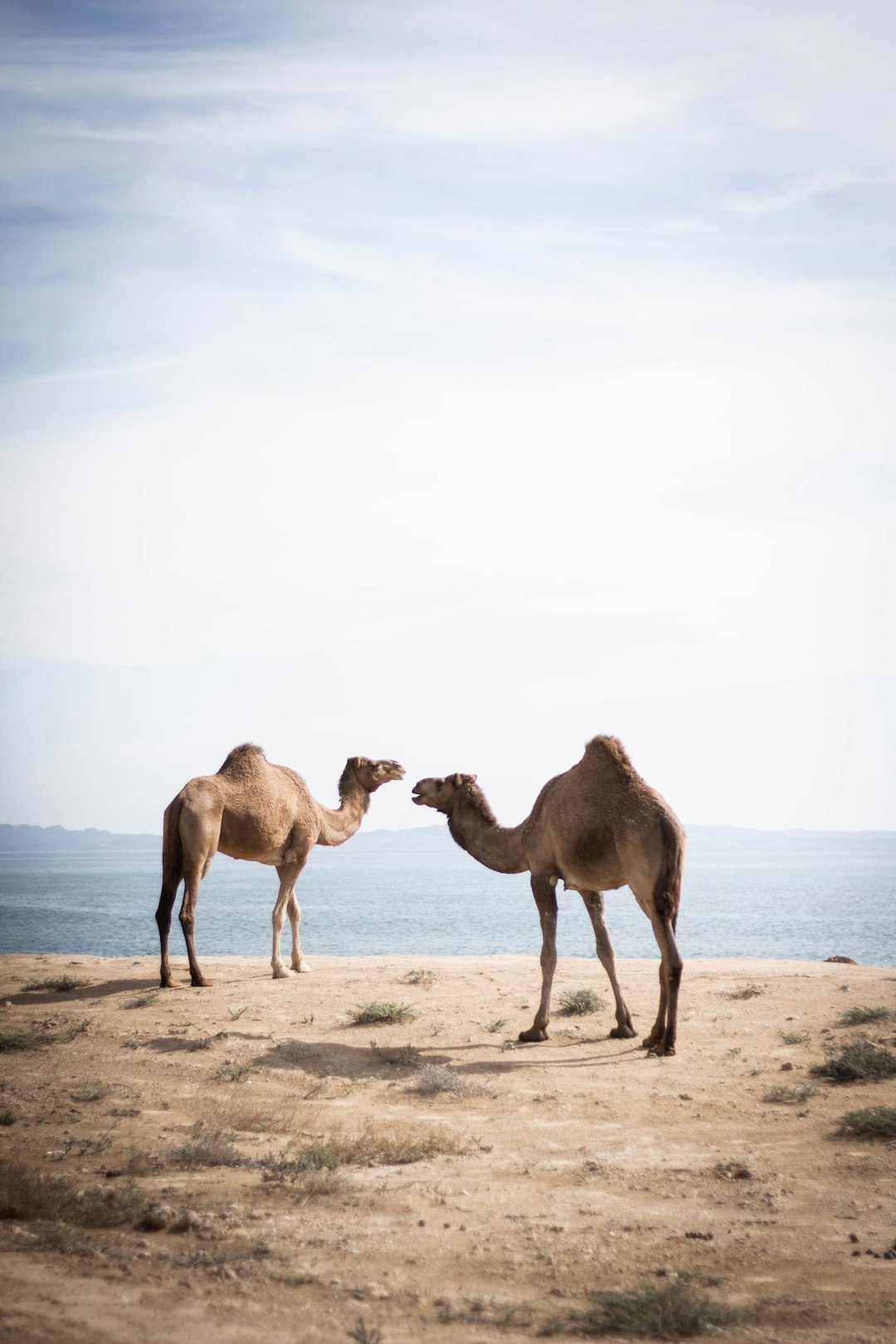The Unbelievable Adaptations of Desert Animals
The vast and harsh expanse of the desert has always been a subject of intrigue and fascination for humans. Its scorching heat, limited water sources, and seemingly lifeless landscape make it one of the most inhospitable environments on Earth. However, against all odds, numerous species of animals have not only managed to survive but have thrived in these extreme conditions. These creatures have evolved remarkable adaptations that allow them to conquer the challenges presented by the desert.
One of the most striking adaptations is reflected in their ability to conserve water. Desert animals have developed various strategies to minimize water loss and maximize their chances of survival. The kangaroo rat, for example, has specialized kidneys that can reabsorb nearly all the water from its urine. This allows it to conserve as much water as possible and reduce its dependence on external sources. Similarly, the camel, known as the “ship of the desert,” possesses a series of adaptations, including humps that store fat rather than water and a unique circulatory system that reduces water loss during respiration.
Another remarkable adaptation of desert animals lies in their ability to tolerate extreme temperatures. The fennec fox, found in the Sahara Desert, has large ears that help dissipate heat and regulate its body temperature. These ears also aid in detecting prey hidden beneath the sand. On the other hand, the Gila monster, a venomous lizard native to the southwestern United States, has a low metabolic rate. This allows it to survive for months without food and water, minimizing the risk of dehydration in the arid environment.
In addition to water conservation and temperature regulation, desert animals have developed numerous physical modifications to adapt to the challenging desert environment. The sand gazelle, for instance, has evolved long, slender legs and large, flat hooves that enable it to move swiftly across the shifting sand dunes. This allows it to escape from predators and effectively search for food in areas where resources are scarce.
Similarly, the thorny devil lizard, found in the Australian outback, exhibits a highly specialized adaptation. Its skin is covered in tiny, spiky protrusions that help it camouflage and blend in with its arid surroundings. The horned viper, a venomous snake native to the deserts of North Africa, possesses scales with a unique pattern that improves its camouflage and makes it almost invisible as it waits patiently for unsuspecting prey.
The desert is also home to numerous burrowing species that have adapted to a life underground. These animals have evolved to live beneath the surface, escaping the intense heat and reducing water loss. The meerkat, a small mongoose found in the Kalahari Desert, excavates complex burrows with multiple entrances. This helps the animal regulate the temperature and provides protection from potential predators.
Perhaps one of the most astonishing adaptations is exhibited by certain insects living in the desert. In response to the scarcity of water, the darkling beetle has developed an extraordinary ability. It can collect moisture from the desert fog by raising its hindquarters and positioning its body in a way to catch droplets on its back. The collected water then drips down to its mouth, ensuring its survival in the water-deprived environment.
From the kangaroo rat’s efficient water conservation to the thorny devil lizard’s remarkable camouflage, desert animals have evolved astonishing adaptations that enable them to thrive where few others can survive. These adaptations showcase the incredible resilience and creativity of nature, highlighting the interconnectedness between species and their environments.
Despite the harsh conditions, these animals have not only found ways to survive but have also become masterful inhabitants of the desert. The study of their adaptations not only provides insight into the diversity of life on our planet but also serves as a reminder of the remarkable tenacity and adaptability of all living beings.
